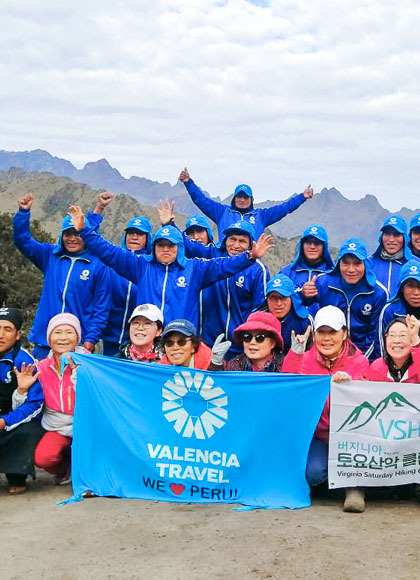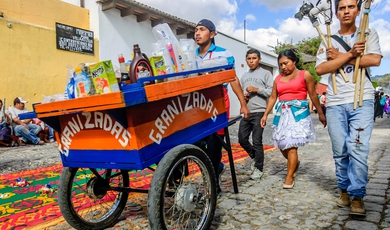Coban
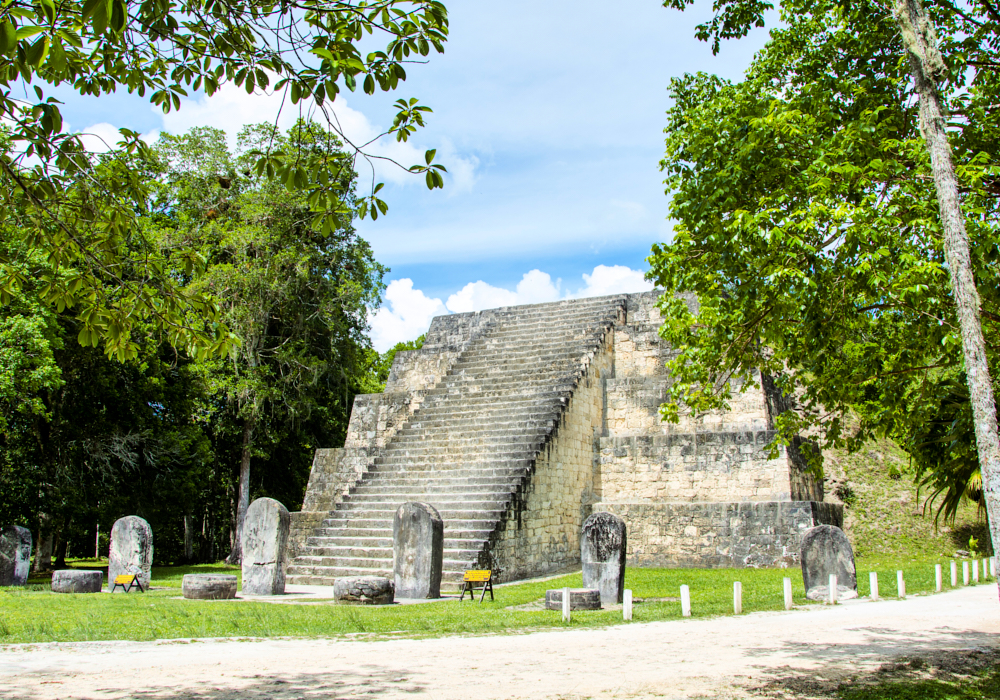
Overview of Coban
The rugged, misty mountain tops and the surrounding green countryside are some of the Guatemalan coffee growing regions. Coban is in this area and the home to some great coffee shops of course, but the Samuc Champey hot springs surrounded by lush jungle are spectacular and worth a soak! North of Cobán are the Candelaria Caves and the Lake Lachúa which is pristine and spectacular. These areas are home to the native Quetzal, which is now becoming an endangered species due to the historical importance of this bird's feathers, in Mayan culture. People visit Semuc not only to enjoy swimming in the pools but also to explore the nearby water cave, or tube down the Cahabon River which disappears under the limestone bridge only to reappear miles later.
Guatemala Holidays
Explore Related Tours: Discover More with Valencia Travel
What to Do in Coban
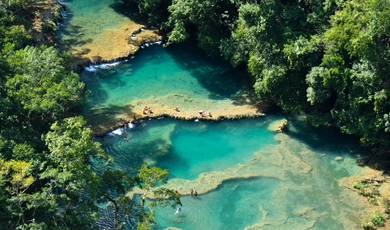
Semuc Champey
These hot springs and different turquoise blue pools are one of the natural wonders of Guatemala, set within the lush rainforest set with the national park of the same name. These incredible pools are just 2 hours away from Copán and are the best-kept secret in Guatemala for sheer natural beauty and relaxing. People visit Semuc Champey not only to enjoy swimming in the pools but also to explore the nearby water cave, or tube down the Cahabon River which disappears under the limestone bridge only to reappear miles later.
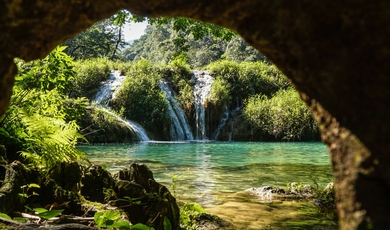
Candelaria Caves
The Candelaria caves were considered by the ancient Maya to be the entrance to the underworld of Xibalba, and the cave contains many archaeological sites. The Q'eqchi' Maya still come to pray in the Candelaria Caves. and The Lacandon Maya (living in Mexico, just west of the border with Guatemala) believe that every night the sun is carried in a basket by the "gods of the Underworld" through a 22 km long cave from west to east, to emerge again at daybreak. Perhaps the Candelaria Cave is the nocturnal pathway of the sun!
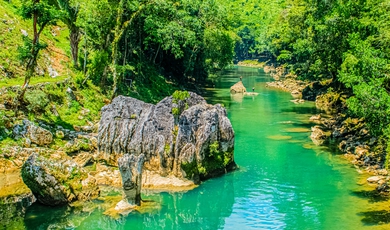
Lanquin
Northeast of Cobán, a paved road heads off into the verdant green hills, connecting a string of coffee farms. After 46km the road reaches the Pajal junction, where a branch road cuts down deep into a valley to LANQUÍN. This sleepy, modest Q’eqchi’ village, where Spanish is very much a second language, shelters beneath towering green hills, whose lower slopes are planted with coffee and cardamom bushes. The village itself is very relaxed and quaint and Lanquin is the perfect basecamp to visit Semuc Champey.






